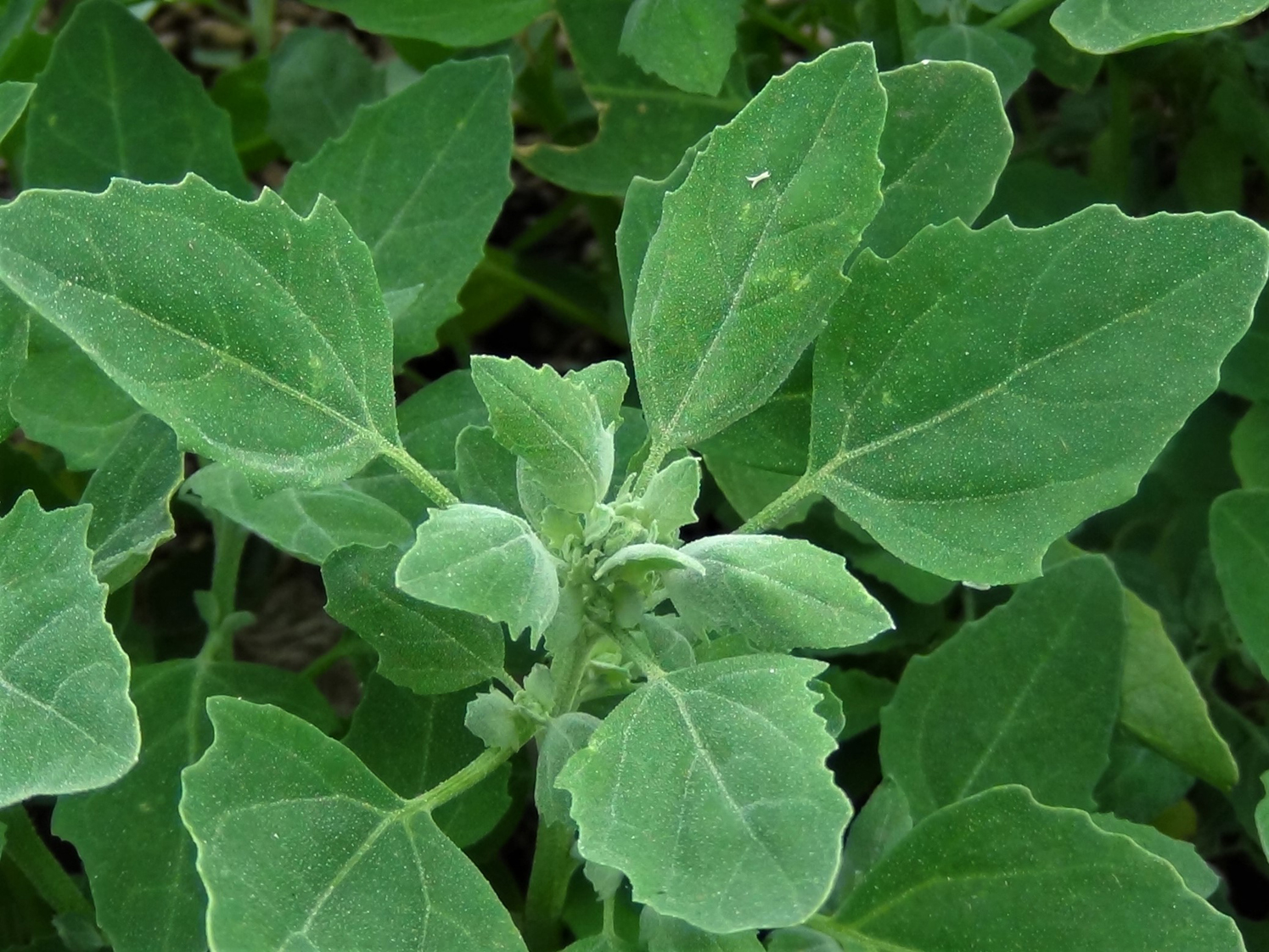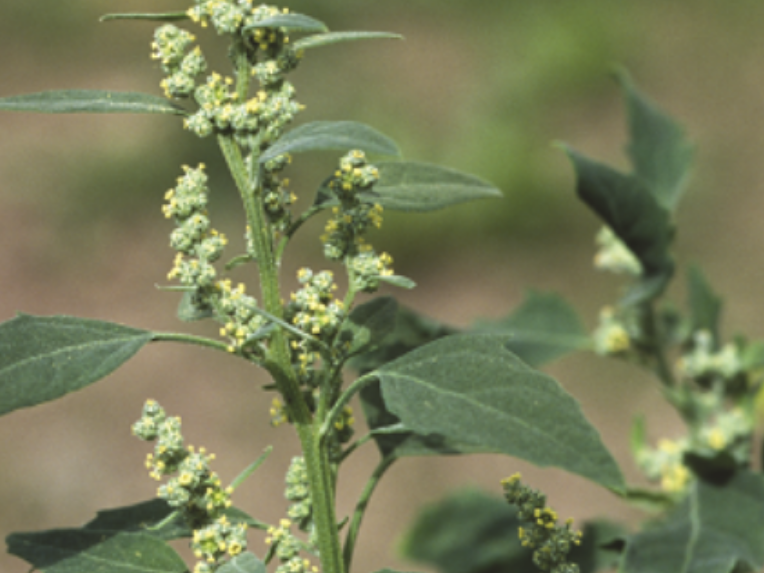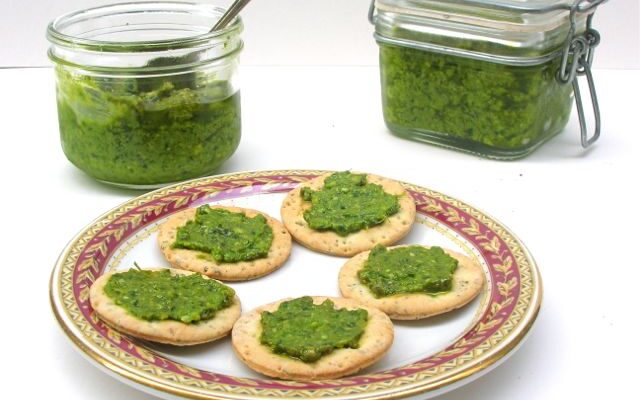How To Get Rid Of Fat Hen Weed In Seconds
Fat hen weed, also known as broad-leaved orache, is a common and invasive weed that can be found in gardens, lawns, and other areas. It is a fast-growing plant that can quickly take over an area, and it can be difficult to get rid of.
There are a number of ways to get rid of fat hen weed, but some methods are more effective than others. One method that is said to work in seconds is to use boiling water. Simply pour boiling water directly onto the leaves and stems of the weed. The heat will kill the plant and prevent it from growing back.
Another method that is effective for getting rid of fat hen weed is to use vinegar. Mix equal parts vinegar and water in a spray bottle, and then spray the solution directly onto the weed. The vinegar will kill the plant and also help to prevent other weeds from growing in the area.
If you have a large area of fat hen weed, you may want to consider using a herbicide. There are a number of herbicides available that are specifically designed to kill fat hen weed. Be sure to follow the directions on the label carefully when using herbicides.
No matter which method you choose, it is important to be persistent when getting rid of fat hen weed. The plant can produce seeds that can remain dormant in the soil for years, so it is important to treat the area multiple times to ensure that all of the weed has been killed.
Here are some additional tips for getting rid of fat hen weed:
- Pull the weeds up by the roots. This is the most effective way to remove the plant, but it can be difficult to do if the weeds are large or have deep roots.
- Mulch around plants to help prevent weeds from growing. Mulch will also help to keep the soil moist, which can make it more difficult for weeds to germinate.
- Water your lawn or garden regularly. This will help to keep the soil healthy and make it more difficult for weeds to thrive.
- Inspect your lawn or garden regularly for weeds. The sooner you find a weed, the easier it will be to remove.
Conclusion
Getting rid of fat hen weed can be a challenge, but it is possible with a little persistence. By using one or more of the methods described in this blog post, you can get rid of this invasive weed and keep your lawn or garden looking its best.
Fat hen weed, also known as guinea hen weed or anamu, is a plant that has been used for centuries for its medicinal properties. It is native to Central and South America, but can now be found in many other parts of the world. Fat hen weed is rich in antioxidants and has been shown to have anti-inflammatory, anti-cancer, and pain-relieving properties. It is also used to treat a variety of other health conditions, including respiratory problems, digestive problems, and skin conditions.
If you are interested in learning more about fat hen weed, visit this website: https://www.theblackfarmer.com/product/real-jamaican-guinea-hen-weed/. This website provides comprehensive information about the plant, including its history, medicinal properties, and potential side effects.
FAQ of fat hen weed
- What is fat hen weed?
Fat hen weed (Chenopodium album) is a common annual weed that can be found in gardens, fields, and other disturbed areas. It is a tall, upright plant with green leaves and small white flowers. Fat hen weed is a prolific seed producer, and its seeds can remain viable in the soil for many years.
- How do I identify fat hen weed?
Fat hen weed is a tall, upright plant with green leaves and small white flowers. The leaves are oval or triangular and have a slightly wavy toothed edge. The flowers are arranged in spiral clusters on spikes that emerge from the leaf base and stem junction. Fat hen weed can grow up to 2 meters tall, but it is more commonly found in smaller sizes.
- How can I control fat hen weed?
There are a number of ways to control fat hen weed, including:
* Hand pulling: Hand pulling is an effective way to control fat hen weed, but it can be time-consuming and labor-intensive. It is important to pull the plant out by the roots, as leaving even a small piece of root behind can allow the plant to regrow.
* Hoeing: Hoeing can be an effective way to control young fat hen weed plants. Hoeing should be done regularly to prevent the plants from becoming established.
* Weeding chemicals: Weeding chemicals can be effective in controlling fat hen weed, but they should be used with caution. It is important to read and follow the manufacturer's instructions carefully, and to avoid using weed killers near desirable plants.
* Cover cropping: Cover cropping can be an effective way to suppress fat hen weed. Cover crops help to crowd out the weed, and they can also improve the soil quality.
- Is fat hen weed edible?
Yes, fat hen weed is edible. The leaves and young shoots can be eaten cooked or raw. Fat hen weed is a good source of vitamins A and C, and it also contains some minerals.
- What are the environmental impacts of fat hen weed?
Fat hen weed is a non-native invasive species that can outcompete native plants. It can also contribute to soil erosion and nutrient pollution.
- How can I prevent fat hen weed from coming back?
There are a number of things you can do to prevent fat hen weed from coming back, including:
* Remove all visible plants: This includes pulling out all plants by the roots, and raking up any fallen leaves or seeds.
* Avoid disturbing the soil: When you are gardening, try to avoid disturbing the soil as much as possible. This will help to prevent fat hen weed seeds from germinating.
* Cover crop: Cover cropping can help to suppress fat hen weed, and it can also improve the soil quality.
* Weed regularly: Weeding regularly will help to prevent fat hen weed from becoming established.
Image of fat hen weed
- Fat Hen weed plant. A fat hen weed plant with its distinctive triangular leaves and red stems.

- Fat Hen weed flower. A close-up of a fat hen weed flower, which is small and white with yellow stamens.
- Fat Hen weed leaves. A handful of fat hen weed leaves, which are smooth and dark green.

- Fat Hen weed seeds. A cluster of fat hen weed seeds, which are small and black.

- Fat Hen weed growing in a field. A patch of fat hen weed growing in a field.

- Fat Hen weed growing in a garden. A few fat hen weed plants growing in a garden.

- Fat Hen weed harvested. A bundle of fat hen weed leaves that have been harvested.

- Fat Hen weed cooked. A pot of fat hen weed leaves that have been cooked.

- Fat Hen weed salad. A bowl of fat hen weed salad.

- Fat Hen weed pesto. A jar of fat hen weed pesto.


Post a Comment for "How To Get Rid Of Fat Hen Weed In Seconds"